 您的购物车当前为空
您的购物车当前为空
Anti-AKR1C3 Antibody (4G958)
一键复制产品信息产品编号 TMAH-00046
别名 Dihydrodiol Dehydrogenase, Chlordecone Reductase Homolog HAKRb, Aldo-Keto Reductase Family 1 Member C3, 3-α-Hydroxysteroid Dehydrogenase Type 2, 3-α-HSD Type II Brain, 3-α-HSD Type 2, 3-Alpha-Hydroxysteroid Dehydrogenase Type 2, 3-Alpha-HSD Type II Brain, 3-Alpha-HSD Type 2, 17-β-Hydroxysteroid Dehydrogenase Type 5, 17-β-HSD 5, 17-Beta-Hydroxysteroid Dehydrogenase Type 5, 17-Beta-HSD 5
Anti-AKR1C3 Antibody (4G958) 是一种抗体,靶向 AKR1C3。Anti-AKR1C3 Antibody (4G958) 可用于 ELISA,FCM,IF。
Anti-AKR1C3 Antibody (4G958)
Anti-AKR1C3 Antibody (4G958)
一键复制产品信息产品编号 TMAH-00046 别名 Dihydrodiol Dehydrogenase, Chlordecone Reductase Homolog HAKRb, Aldo-Keto Reductase Family 1 Member C3, 3-α-Hydroxysteroid Dehydrogenase Type 2, 3-α-HSD Type II Brain, 3-α-HSD Type 2, 3-Alpha-Hydroxysteroid Dehydrogenase Type 2, 3-Alpha-HSD Type II Brain, 3-Alpha-HSD Type 2, 17-β-Hydroxysteroid Dehydrogenase Type 5, 17-β-HSD 5, 17-Beta-Hydroxysteroid Dehydrogenase Type 5, 17-Beta-HSD 5
Anti-AKR1C3 Antibody (4G958) 是一种抗体,靶向 AKR1C3。Anti-AKR1C3 Antibody (4G958) 可用于 ELISA,FCM,IF。
| 规格 | 价格 | 库存 | 数量 |
|---|---|---|---|
| 50 μL | ¥ 1,310 | 5日内发货 | |
| 100 μL | ¥ 2,185 | 5日内发货 |
大包装 & 定制
加入购物车
TargetMol 的所有产品仅用作科学研究或药证申报,不能被用于人体,我们不向个人提供产品和服务。请您遵守承诺用途,不得违反法律法规规定用于任何其他用途。
联系我们获取更多批次信息
资源下载
产品介绍
生物活性
偶联与修饰
抗原信息
| 产品描述 | Anti-AKR1C3 Antibody (4G958) is an antibody targeting AKR1C3. Anti-AKR1C3 Antibody (4G958) can be used in ELISA,FCM,IF. |
| 别名 | Dihydrodiol Dehydrogenase, Chlordecone Reductase Homolog HAKRb, Aldo-Keto Reductase Family 1 Member C3, 3-α-Hydroxysteroid Dehydrogenase Type 2, 3-α-HSD Type II Brain, 3-α-HSD Type 2, 3-Alpha-Hydroxysteroid Dehydrogenase Type 2, 3-Alpha-HSD Type II Brain, 3-Alpha-HSD Type 2, 17-β-Hydroxysteroid Dehydrogenase Type 5, 17-β-HSD 5, 17-Beta-Hydroxysteroid Dehydrogenase Type 5, 17-Beta-HSD 5 |
| Ig Type | Rabbit IgG |
| 克隆号 | 4G958 |
| 交叉反应 | Human |
| 验证活性 | 1. Immunofluorescence staining of Hela Cells with TMAH-00046 at 1:50, counter-stained with DAPI. The cells were fixed in 4% formaldehyde, permeated by 0.2% TritonX-100, and blocked in 10% normal Goat Serum. The cells were then incubated with the antibody overnight at 4°C. Nuclear DNA was labeled in blue with DAPI. The secondary antibody was FITC-conjugated AffiniPure Goat Anti-Rabbit IgG (H+L). 2. Overlay histogram showing A549 cells stained with TMAH-00046 (red line) at 1:50. The cells were fixed with 70% Ethylalcohol (18h) and then incubated in 10% normal goat serum to block non-specific protein-protein interactions followedby the antibody (1µg/1*10^6 cells) for 1 h at 4°C.The secondary antibody used was FITC-conjugated goat anti-rabbit IgG (H+L) at 1/200 dilution for 30min at 4°C. Control antibody (green line) was Rabbit IgG (1µg/1*10^6 cells) used under the same conditions. Acquisition of >10,000 events was performed. |
| 应用 | ELISAFCMIF |
| 推荐剂量 | IF:1:20-1:200; FCM:1:20-1:200. |
| 抗体种类 | Monoclonal |
| 亚细胞定位 | Cytoplasm. |
| 组织特异性 | Expressed in many tissues including adrenal gland, brain, kidney, liver, lung, mammary gland, placenta, small intestine, colon, spleen, prostate and testis. High expression in prostate and mammary gland. In the prostate, higher levels in epithelial cells |
| 构建方式 | Recombinant Antibody |
| 纯化方式 | Affinity-chromatography |
| 性状 | Liquid |
| 缓冲液 | Phosphate buffered saline, pH 7.4, 150mM NaCl, 0.02% sodium azide and 50% glycerol. |
| 研究背景 | Cytosolic aldo-keto reductase that catalyzes the NADH and NADPH-dependent reduction of ketosteroids to hydroxysteroids. Acts as a NAD(P)(H)-dependent 3-, 17- and 20-ketosteroid reductase on the steroid nucleus and side chain and regulates the metabolism of androgens, estrogens and progesterone. Displays the ability to catalyze both oxidation and reduction in vitro, but most probably acts as a reductase in vivo since the oxidase activity measured in vitro is inhibited by physiological concentration of NADPH. Acts preferentially as a 17-ketosteroid reductase and has the highest catalytic efficiency of the AKR1C enzyme for the reduction of delta4-androstenedione to form testosterone. Reduces prostaglandin (PG) D2 to 11beta-prostaglandin F2, progesterone to 20alpha-hydroxyprogesterone and estrone to 17beta-estradiol. Catalyzes the transformation of the potent androgen dihydrotestosterone (DHT) into the less active form, 5-alpha-androstan-3-alpha,17-beta-diol (3-alpha-diol). Displays also retinaldehyde reductase activity toward 9-cis-retinal. |
| 偶联 | Unconjugated |
| 免疫原 | A synthetic peptide: Human AKR1C3 |
| 抗原种属 | Human |
| 基因名称 | AKR1C3 |
| 基因ID | |
| Uniprot ID | |
| 研究领域 | Neuroscience, Cancer, Metabolism, Signal transduction |
存储&运输
| 储存方式 | Store at -20°C or -80°C for 12 months. Avoid repeated freeze-thaw cycles. |
| 运输方式 | Shipping with blue ice. |
计算器
引用文献
关键词
评论列表
Related Tags: buy Anti-AKR1C3 Antibody (4G958) | purchase Anti-AKR1C3 Antibody (4G958) | Anti-AKR1C3 Antibody (4G958) cost | order Anti-AKR1C3 Antibody (4G958)






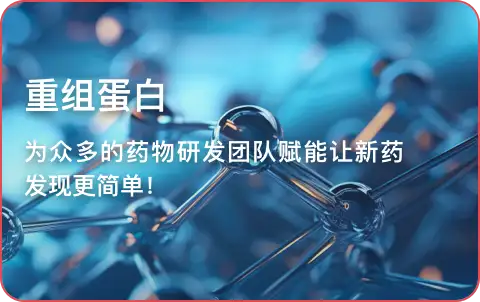
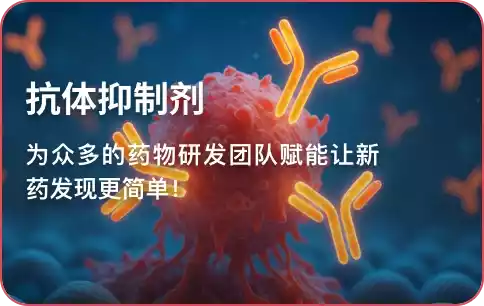


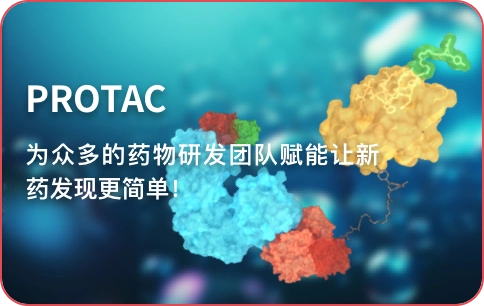





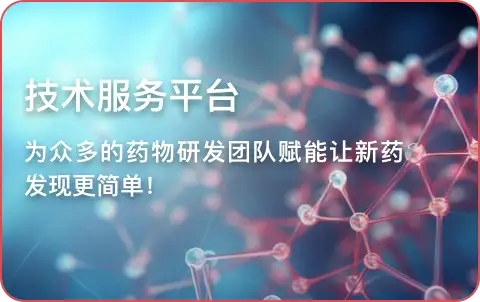
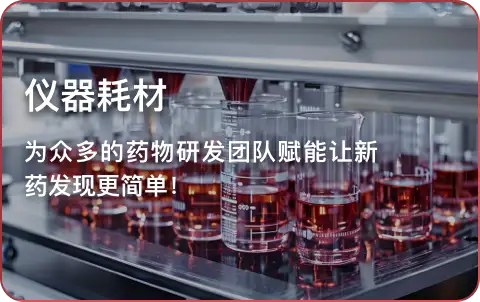
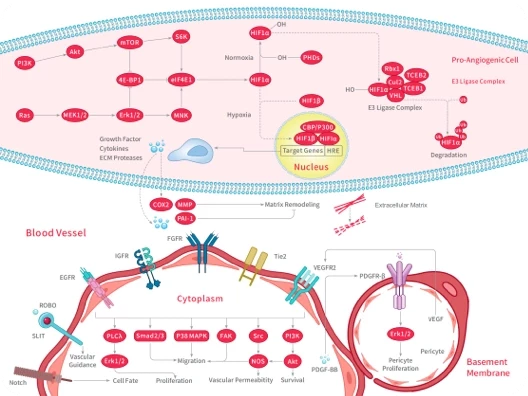
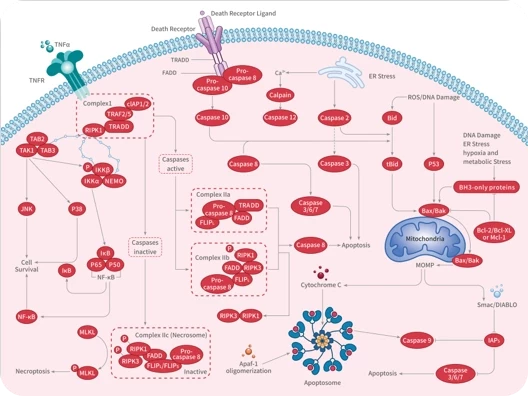
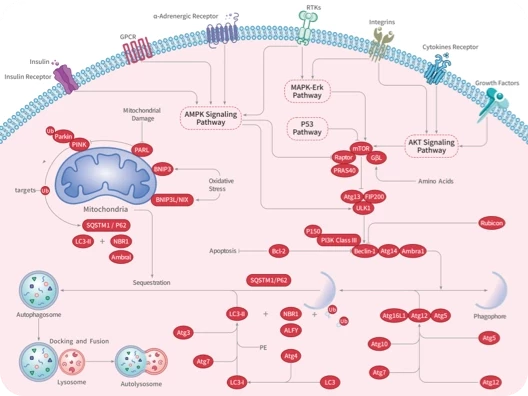

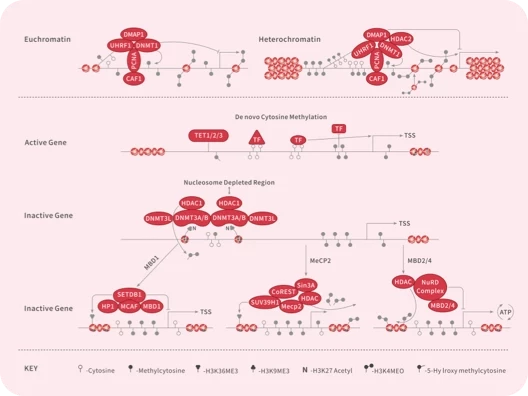
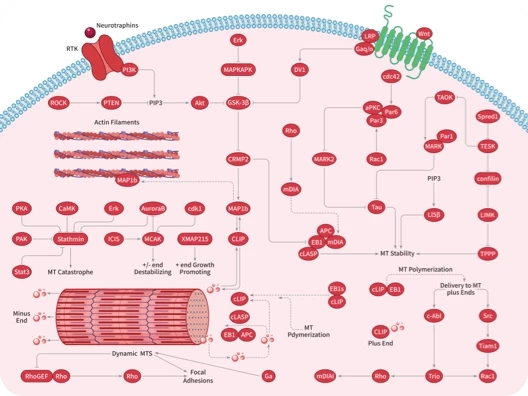
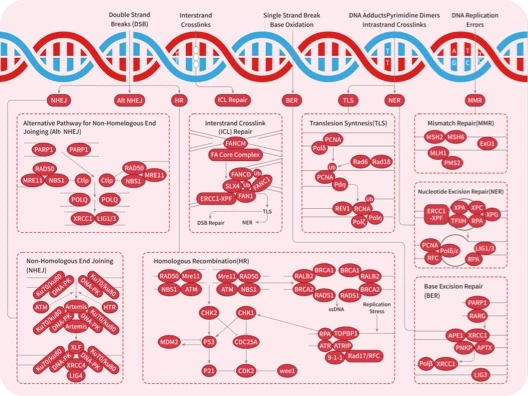
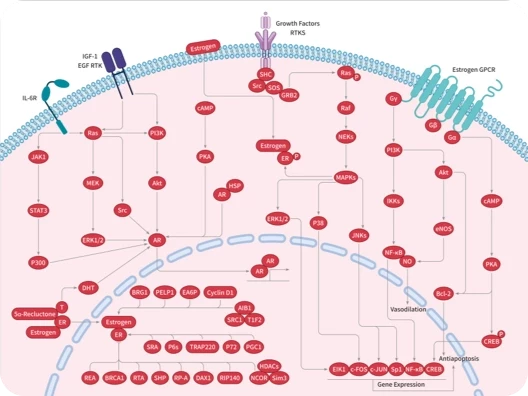
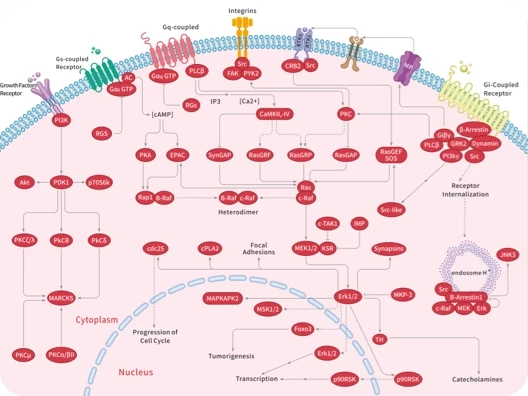
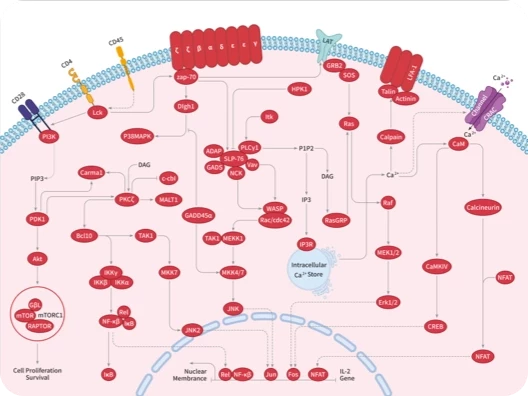
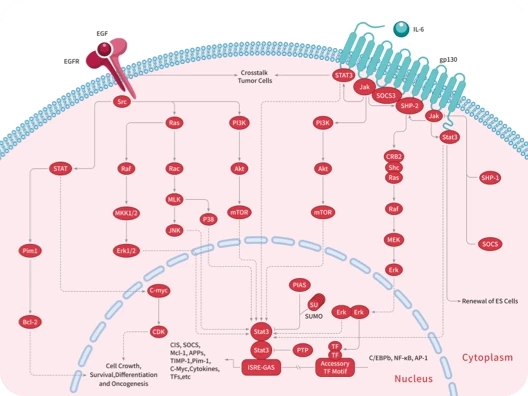
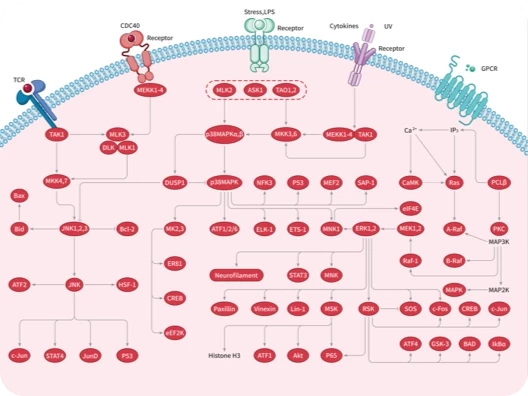
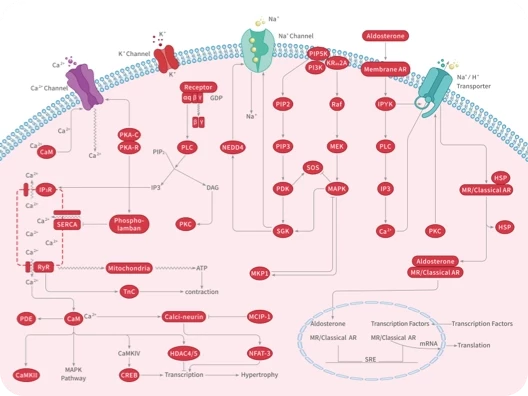
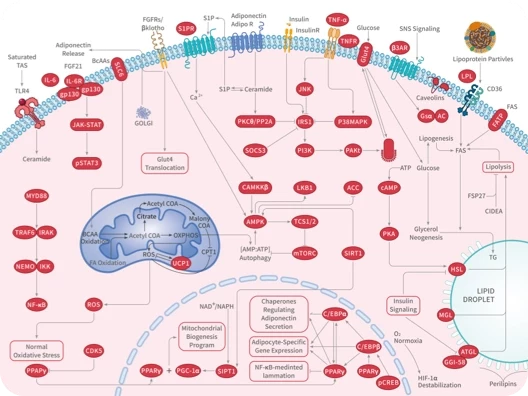
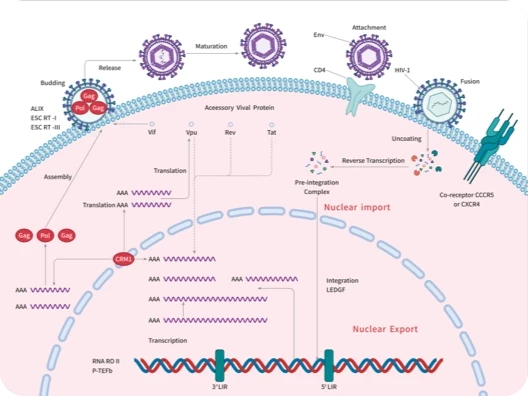


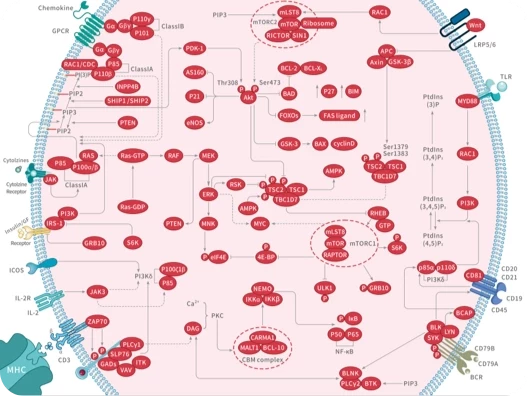
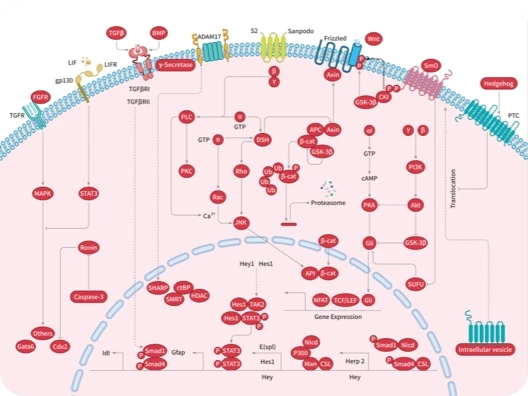

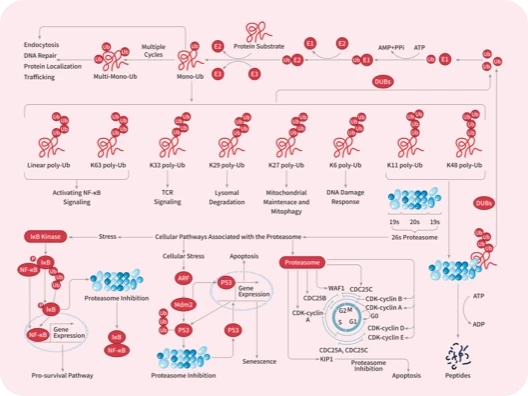


 还可以
还可以

 |
|
评论内容